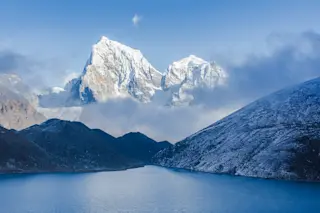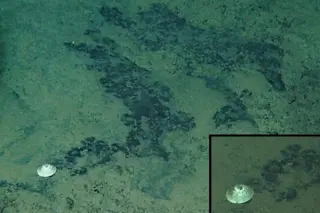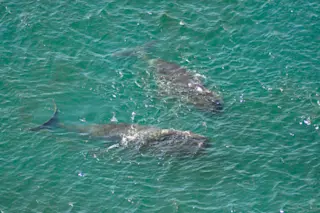The Himalaya Mountains, known for their cold and snow, . But where's all that water going? Into lakes — thousands upon thousands — nestled high in the mountains.
As the climate warms, glacial water collects in mountain crevasses, creating new bodies of water. One study reported that 85 new lakes emerged between 2003 and 2010 in the Sikkim Himalaya, a relatively small region of the mountain range in northeastern India.
And existing lakes appear to be expanding as well. A study from 2017 revealed they grew 14.1 percent over two and a half decades. As water levels rise, so does the risk of glacial lake outburst floods, or GLOFs.
GLOFs happen when natural dams, called moraines, burst open, allowing monsoonlike floods to rush into mountain valleys. Sometimes, these overflowing bodies of water can cause exceptional damage. One infamous incident occurred in 1985, when an avalanche caused over 1.3 billion gallons ...














